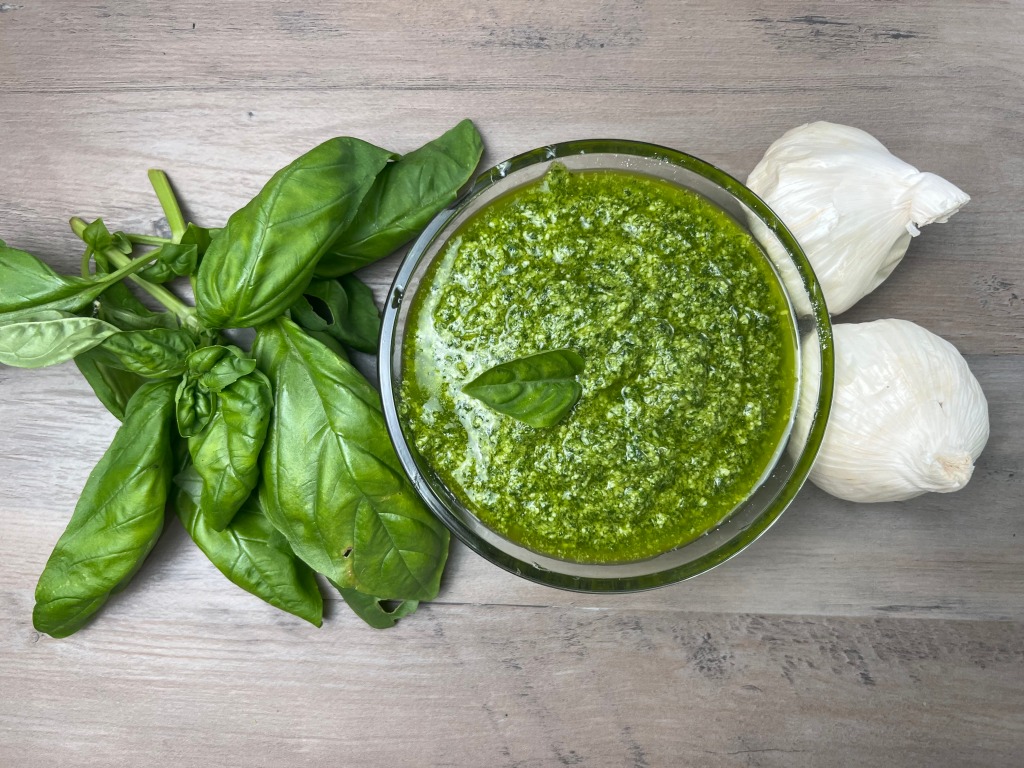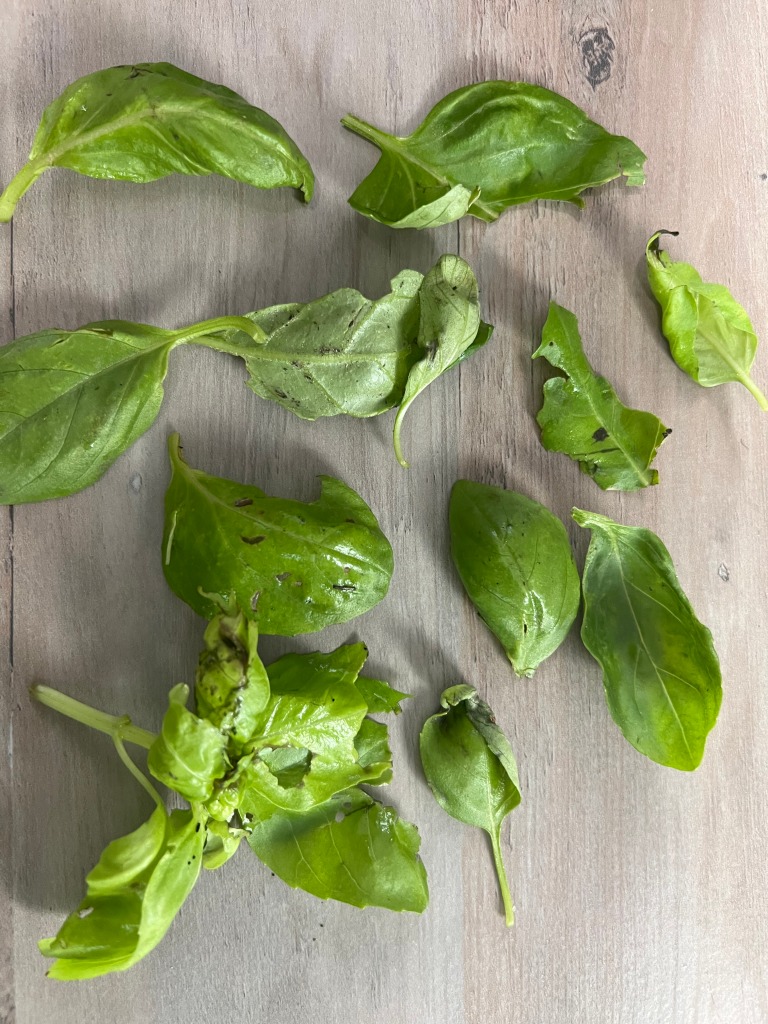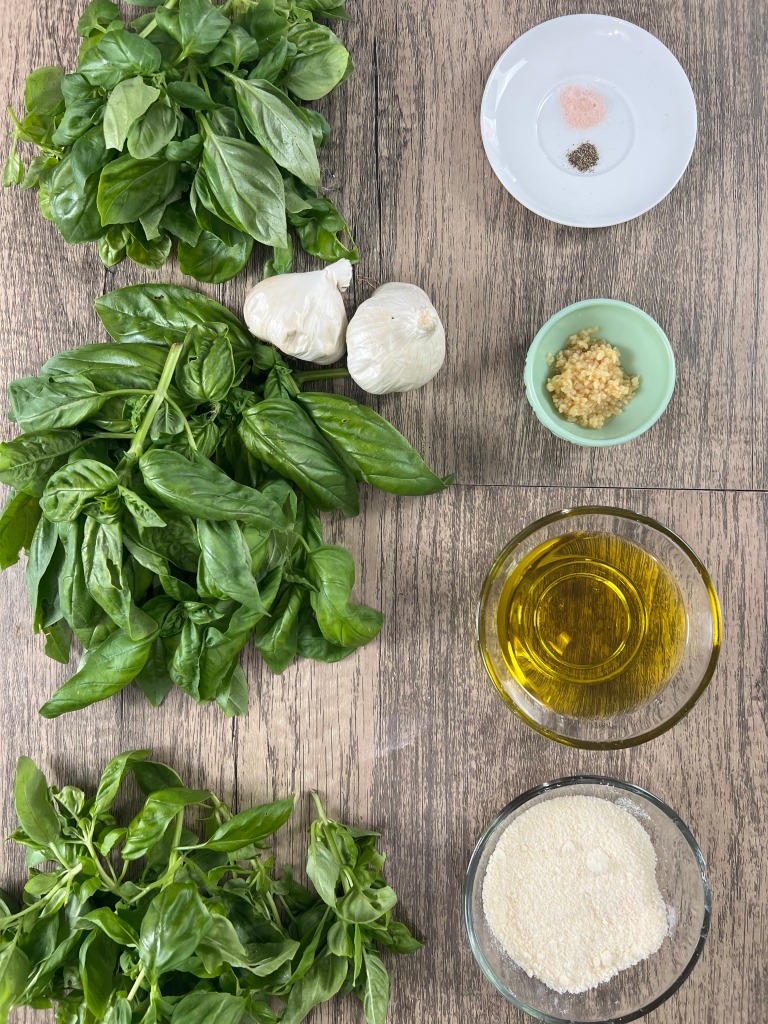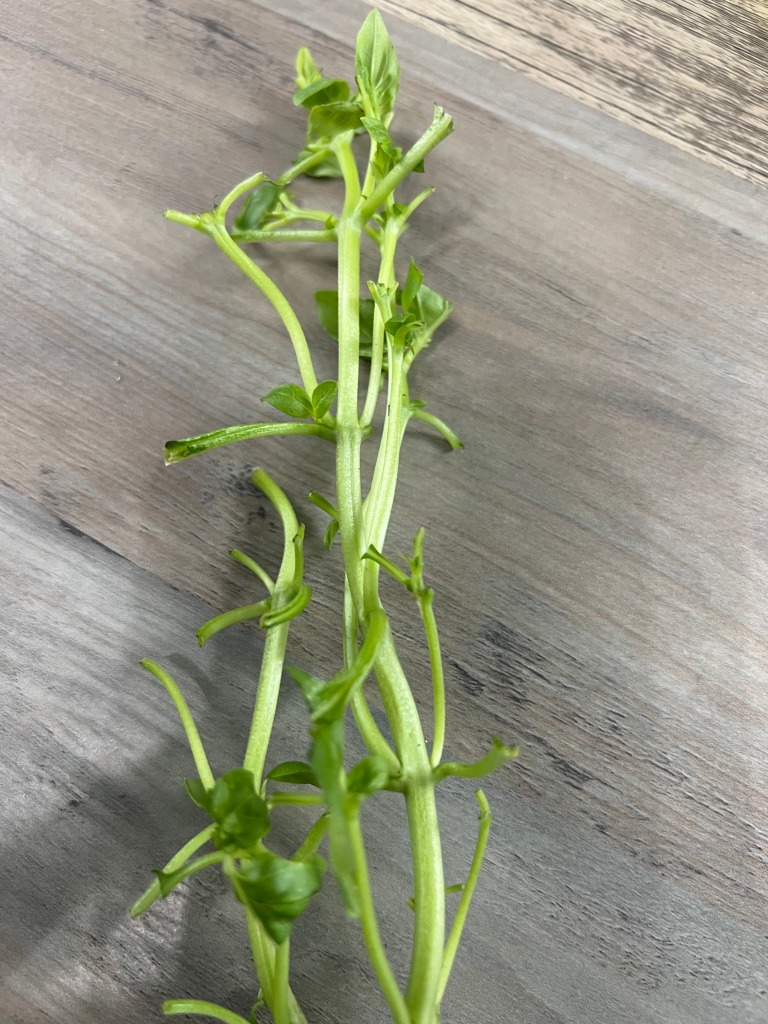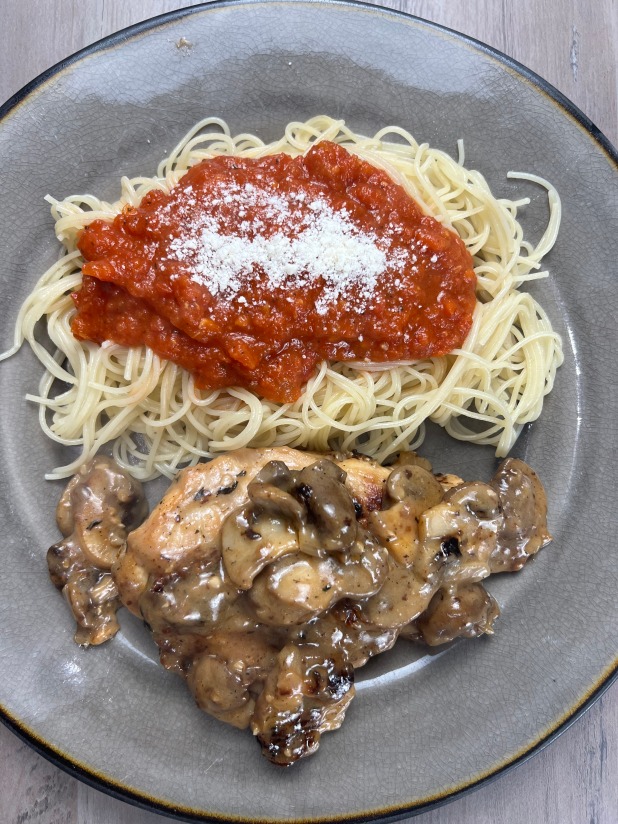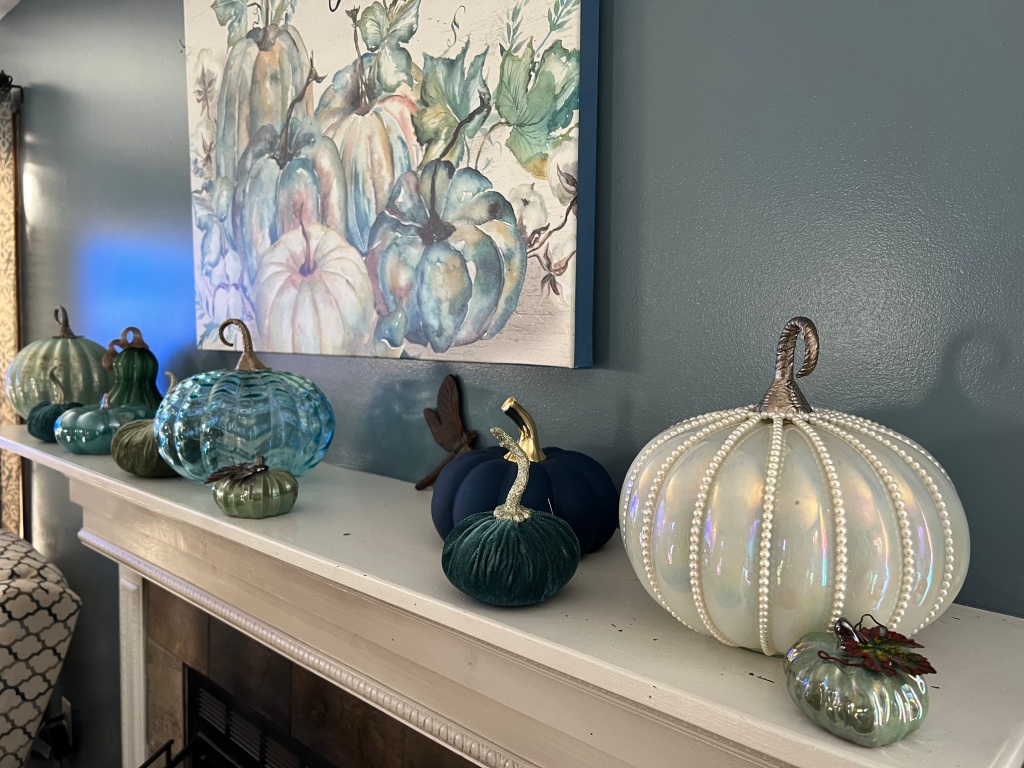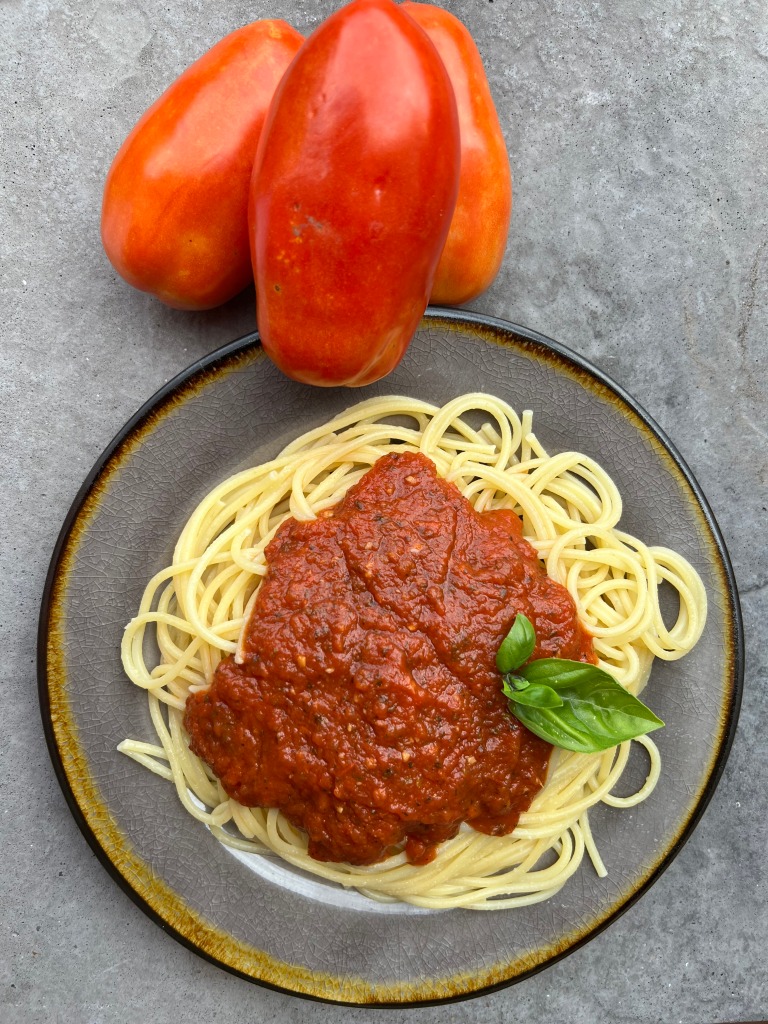It’s August and the garden is overflowing with her beautiful gifts of that earthy goodness… fruits and veggies are abounding into our outstretched hands as if to say, “Thank-you!” for the tender care we provided from seedtime through the harvest.
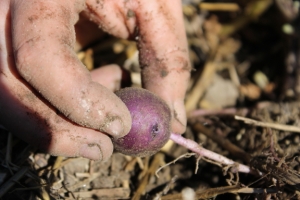
The watering and weeding… mulching and now tenderly picking it’s gift telling them in their plant language to keep on going, just a little bit longer. Until we finally say, “All done!” and with broken heart of yet another completed life cycle we pull out that tired and faithful friend. But it’s not done there… now it’ll be composted and then in newness of life return into the soil into which it came next spring… once again aiding us into the new birth of yet another gardening season.

I love to write about gardening… it’s a passion that my soul hungers and thirsts after. But more importantly, I love to teach you, my reader friends about this passion. I long to stir up a desire in you. To create that longing. A burning desire to touch the soil. To dig. To toil. To reap.
What we sow we will reap… if, if, and only if we toiled for it. The reaping is at hand and the bounty is in. My can shelves and freezers are filling up and time is ticking. They’re lives are coming to the end…. and my dear little plants know it.
The nights have been strangely cold for what we would expect from our Michigan August. Sunday morning at 6:30am it was 49 degrees… that’s cold… too cold for tomatoes to ripen, even in the hoop house.

But onward we go with what we have and so we must put-up all that garden goodness. With it we can continue to linger in the garden through winters dead days, if only in a faded memory, as we prepare our meals and relish in that victory of self-sufficiency.
Canning, freezing, dehydrating, dry-curing and fermentation are a few of the methods to store the food that we have grown and raised. I thought I’d touch base on the two that I have the most experience with, freezing and canning.
Today lets look at freezing fruits and veggies. Learning to put-up the produce that you have grown or have purchased is a key ingredient into self sufficiency and food freedom. You know what you’re putting into that jar or baggie… you are in control, especially if you grew it. But even if you didn’t, get to know a farmer that you can trust and get organic produce that you can feel safe and good about feeding your family.
Here’s a Guide to Freezing Fruit.
I found this guide at Mother Earth News… and thought, “Why try to re-invent the wheel?” So here is their info with a link to more below.
“Depending on how you intend to use it, there are three ways to freeze fruit.”
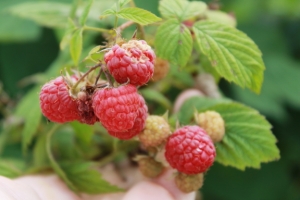

Dry Pack: A dry pack is good for small whole fruits such as berries. Simply pack clean, dried fruit into a container, seal, label and freeze. A tray pack is an alternative that can make fruit easier to remove from the container. Spread a single layer of fruit on shallow trays without letting pieces touch, and freeze. When frozen, package and return to the freezer—fruit pieces remain loose and can be poured from the container easily.

Sugar Pack: Many fruits freeze well packed with sugar. To prevent darkening, first combine lemon juice or ascorbic acid in water (about 1/2 teaspoon per 3 tablespoons) and sprinkle over fruit. Pour sugar over fruit and mix gently. Let stand until juice is drawn out and sugar dissolved, about 15 minutes. Package, label, seal and freeze. Sugar packs are effective for sliced apples, apricots, cherries, peaches, nectarines, raspberries and strawberries.
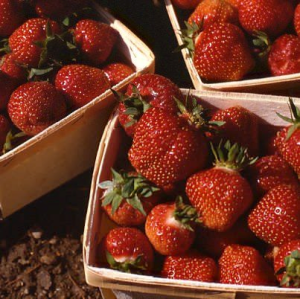
Syrup Pack: Nearly all fruits can be preserved in syrup. To make syrup, dissolve sugar in lukewarm water (a medium-heavy syrup is 1-3⁄4 cups sugar to 4 cups water), mixing until solution is clear. Chill syrup before using. Use just enough cold syrup to cover fruit in the container (about 1⁄2 to 2⁄3 cup syrup per pint). To keep fruit under syrup, place crumpled parchment paper or other water-resistant wrapping material on top, and press fruit down into syrup before sealing the container
Read more: http://www.motherearthliving.com/food-and-recipes/food-preservation/guide-to-freezing-food-zmoz13jazmel.aspx#ixzz2buFiyDsI

Here’s a simple guide to freezing vegetables.
Vegetables are a little different because they typically need to be blanched or steamed, with a few exceptions. I only steam my veggies because as soon as the produce is submerged into the water (blanching), the nutritional benefits decrease significantly. Steaming doesn’t take as long either because you’re not dumping your water every time with the vegetable.
You’ll need to decide how large you want the packages. I do most everything in 1 quart (4 cups). This allows each of my family members to half a 1/2 cup serving.

Each vegetable has a different steaming time due to it’s size, density and thickness. Here’s a guide that I found that will give you almost every ‘common’ and a few not so common steaming times for over 40 vegetables. This was a keeper for me.
http://www.healwithfood.org/chart/vegetable-steaming-times.php

Here’s what I do with the veggies that don’t need any processing.:
*Zucchini and yellow summer squash- I freeze 2 cups of shredded summer squash in freezer bags because most recipes call for that amount.
*Onions are easy to freeze and are so handy to have already chopped, diced or sliced. I typically use ‘snack’ sized baggies and place 1cup of onion into it. Then I place as many of the baggies as will fit into a gallon size freezer storage bag. Every time I need chopped onion for a recipe all I need to do is grab a baggie and toss the onion in. Great for soups, chilies and anything that calls for sauted onions.
*Peppers- hot or sweet again are great to have in the freezer. I chop and slice these- I like the chopped ones for chilies, omelettes and homemade pizza, while I prefer the slices for fajita’s and stir fries. I typically lay the slices onto cookie sheets and place in the freezer. Once nearly frozen I use a turner to pop them up and then keep them in one gallon ice cream buckets. I like to put the chopped pepper into snack size baggies like the onions and store them the same way.

Here is my Pesto recipe that I freeze! Enjoy friends.
Pesto
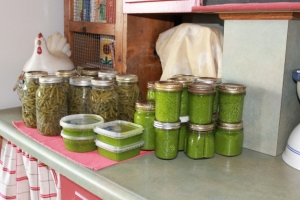
2 cups Olive Oil
1 Tbsp. sea salt
1/3 cup Parmesan cheese, shredded
2-4 whole, de-skinned garlic cloves- end trimmed
Put all these ingredients into a blender and blend until completely mixed.
Add 1/2 cup, packed tightly fresh parsley leaves; blend until thoroughly blended.
Add 1 cup, packed tightly fresh basil leaves; blend until thoroughly blended.
Put into 1/2 cup pint jelly jars or plastic containers. Freeze for up to 1 year.
Enjoy over pasta with some yummy homemade dinner buns!
I hope this not only taught you some useful, but also got you excited about getting your hands and kitchen dirty. I always say, “I’d rather spend a day or two of hard work putting up food so my family can eat good for the whole year!”
Happy Day,
Jean
